fjrabon
Been spending a lot of time on here!
- Joined
- Nov 3, 2011
- Messages
- 3,644
- Reaction score
- 754
- Location
- Atlanta, GA, USA
- Can others edit my Photos
- Photos OK to edit
If it's an incandescent lamp the colour temperature will depend a lot on the wattage and the type. 2850 K is just an average value. Plenty of household lamps will have a lower CT.
Apart from differences in illumination (eg reflections from adjacent coloured materials, which can have a surprisingly significant effect) there are variations between the 'neutrality' of different grey cards:
Put the small card on the larger target to make sure they are in the same light.
Edit: I see that you did that while I was writing my response. As I said, different grey cards can be different 'greys'.
Thank you Helen, that explains it very well..
Now the big question, which one to use?
Really, now that you know the difference between the two, it doesn't really matter. Shoot in raw and then you can make a batch adjustment depending on which one you used, if it's not what you like. If you want to just know which one is more accurate, then see if you can find an expo disc and compare them. Expo discs aren't necessarily better than cards, though some people like them more, but they're a known accurate quantity when it comes to WBing. That would allow you to get a baseline, and then from there you can know how much you need to adjust WB wise in post depending on which card you used.
I'd probably use the little when when I didn't have space and didn't need the exposure balancing parts of the big one.


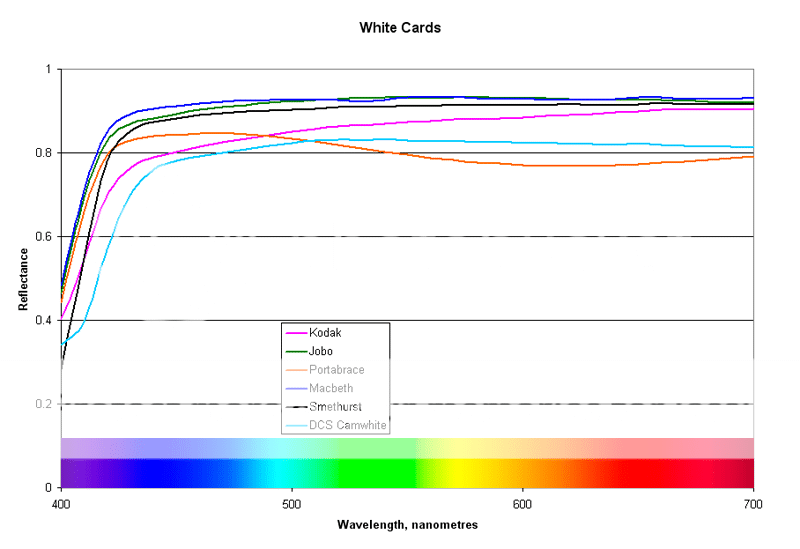
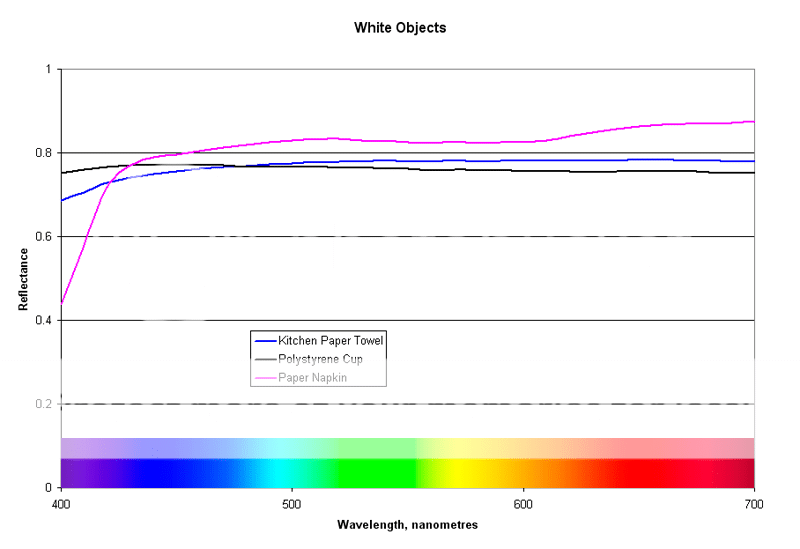
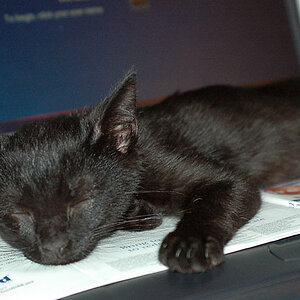
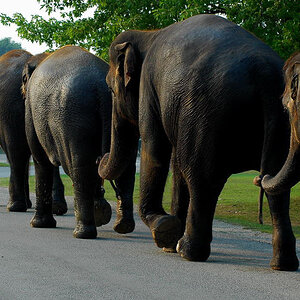
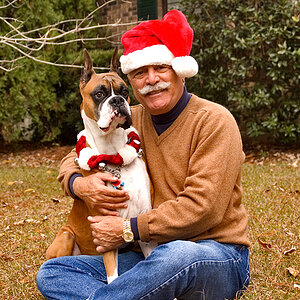
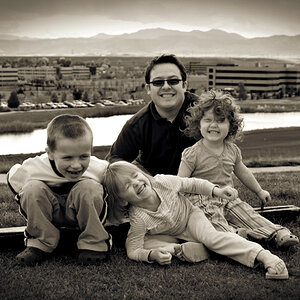
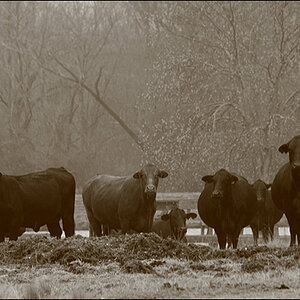
![[No title]](/data/xfmg/thumbnail/30/30987-a33ca8e90b5d786c21e59d37945b9cc6.jpg?1619734552)
![[No title]](/data/xfmg/thumbnail/37/37493-07470d1244285a42bb716c7df65abfda.jpg?1619738112)
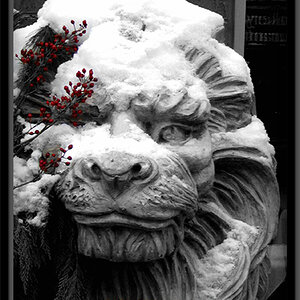
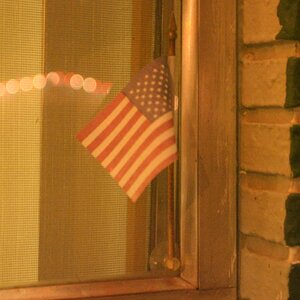
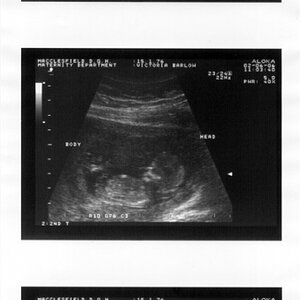
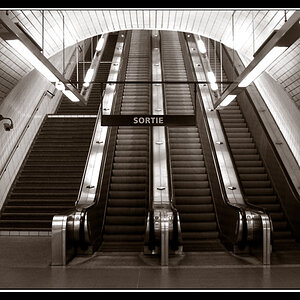
![[No title]](/data/xfmg/thumbnail/37/37492-bafc92488a1ab17e4ca6603ee5b38376.jpg?1619738112)